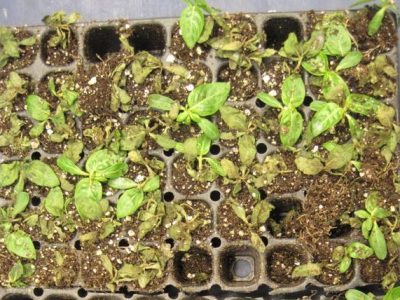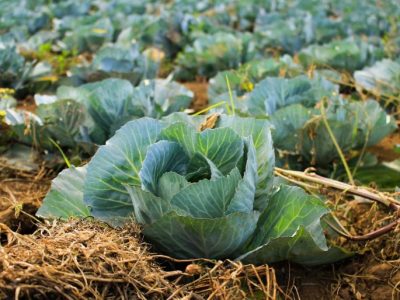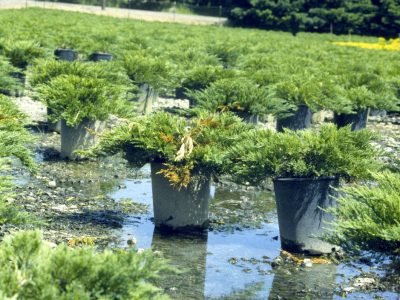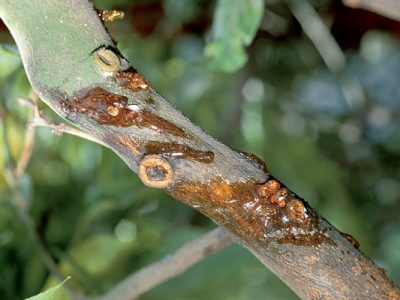05
MAR
2019
What are the Symptoms of Phytophthora?
Comments : 0
One of the most disastrous plant diseases, Phytophthora is commonly described through a model known as the plant disease triangle. The development of Phytophthora is caused by organisms. The triangle concept indicates that there are three key factors involved in the development of this disease and they are environment, plant & pathogen. Environment The environment is the key element in this triangle. If the environment is infected or has a tendency to worsen Phytophthora will develop. Time is also a key factor to be considered because infection, disease and dispersal process all require time. To identify the symptoms of this disease, we need to know which part is mostly attacked by this disease. It is the normally the root system and stem base of the plant that is attacked most... Read More





